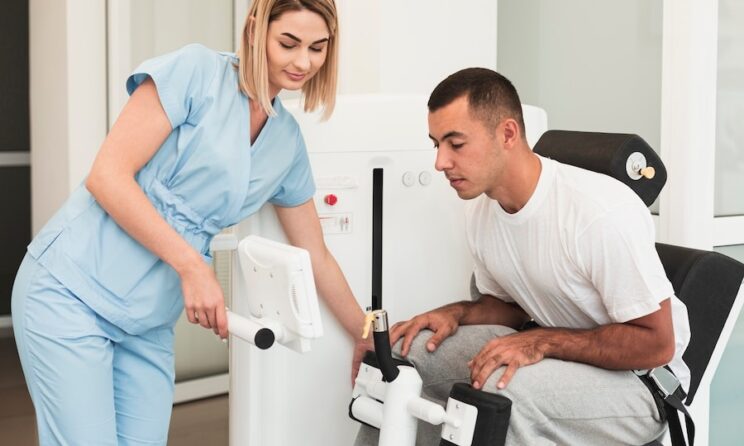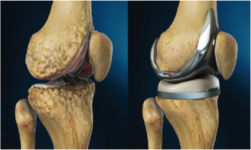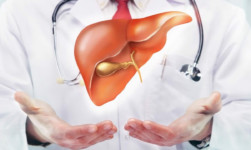
Athletes often face injuries that may require surgery to restore function. Returning to peak performance afterward demands a structured surgical rehabilitation process. This approach not only aids in recovery but also strengthens athletes, enabling them to reach their highest potential safely and effectively. By focusing on targeted exercises and recovery plans, surgical rehabilitation plays a vital role in a well-rounded athletic development program.
Importance of Surgical Rehabilitation for Athletes
Surgical rehabilitation is essential for athletes who have undergone surgery due to injury. This rehabilitation allows them to regain strength, mobility, and confidence in their abilities. By following a specialised athletic development program, athletes can gradually rebuild their physical fitness, reduce the risk of re-injury, and achieve a successful return to their sport.
Phases of the Rehabilitation Process
Rehabilitation is a structured process involving multiple phases. Each phase focuses on different aspects of healing, strength, and performance.
Initial Recovery Phase
During the initial recovery phase, rehabilitation focuses on managing pain and preventing further injury. This phase includes gentle movements and exercises to support the recovery of the injured area. Athletes work on restoring basic functions, a vital part of their overall athletic development program.
Intermediate Strength-Building Phase
In the intermediate phase, athletes begin strengthening exercises that target the muscles and joints affected by surgery. They incorporate balance and flexibility exercises to regain stability and control, laying a solid foundation for advanced training in later stages.
Advanced Sport-Specific Training
The final phase of surgical rehabilitation includes sport-specific training that prepares athletes to return to their peak performance. During this phase, athletes engage in more intensive exercises that mimic the movements of their sport, building endurance, agility, and speed.
Benefits of Surgical Rehabilitation for Athletic Performance
Rehabilitation not only helps athletes heal but also equips them to perform better. By adhering to a comprehensive athletic development program, athletes improve their overall fitness levels. Strengthened muscles and improved mobility support better performance in the long term. A well-structured rehabilitation process also reduces the likelihood of future injuries. This aspect is crucial for athletes who wish to maintain long careers in their respective sports. By focusing on proper technique and functional movement patterns, surgical rehabilitation ensures athletes return stronger and more resilient.
Case Studies: Success Stories in Surgical Rehabilitation
Research and real-life examples show the positive effects of surgical rehabilitation on athletes’ careers. Many professional athletes, after completing rehabilitation programs, have returned to their sports in peak condition, highlighting the importance of a well-planned athletic development program in the journey back to success.
Conclusion
Surgical rehabilitation plays an essential role in athletic recovery and development. For athletes aiming to return to peak performance, a structured rehabilitation program provides the support needed to regain strength, flexibility, and confidence. By following an athletic development program tailored to their needs, athletes achieve not only a successful recovery but also a solid foundation for future performance. In embracing a focused approach to surgical rehabilitation, athletes can perform at their best while reducing the risk of recurring injuries.
Google My Business Profile : https://maps.app.goo.gl/tDe6WXKp9WKydsBi6






